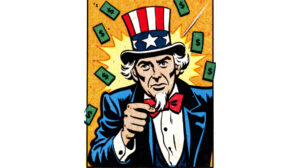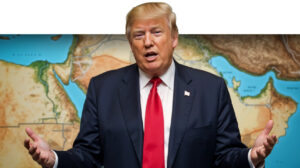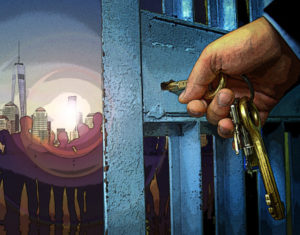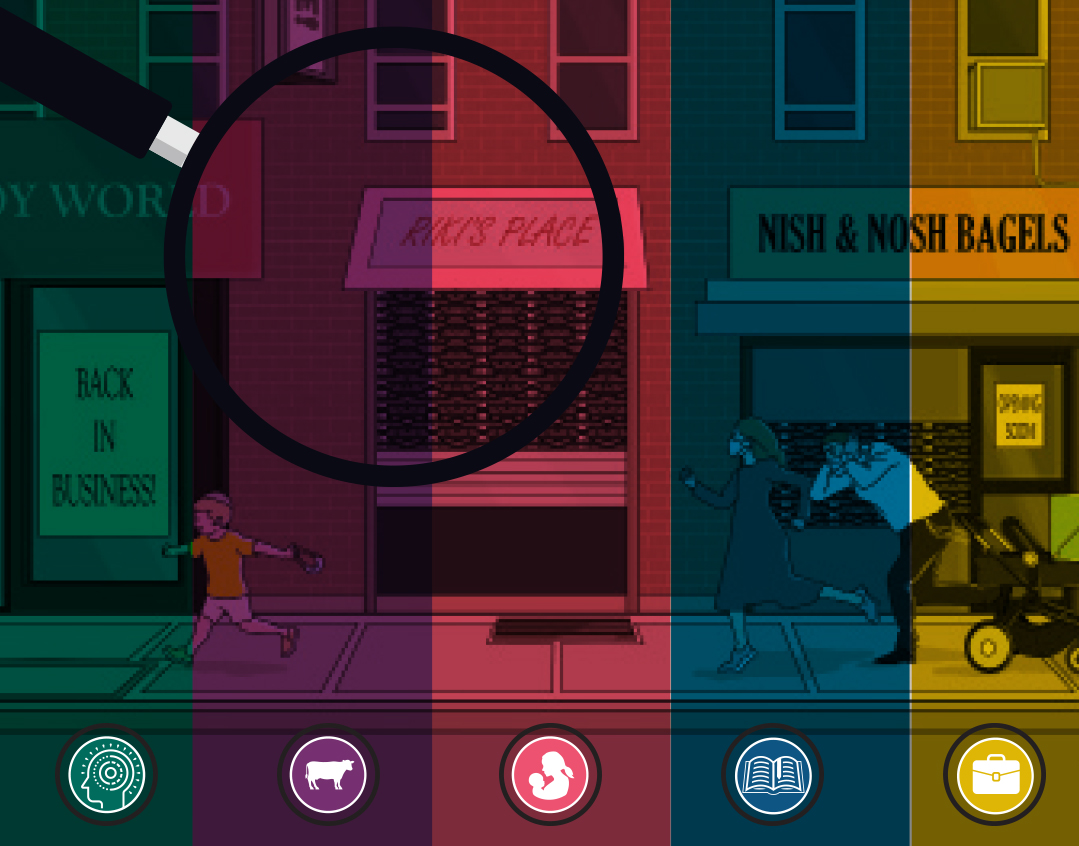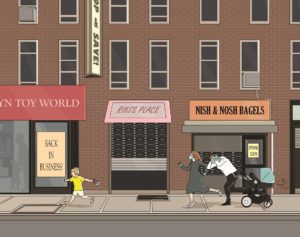Five Takeaways from the Coronavirus Crisis

1. Bipartisanship in a Time of Crisis
These days, nothing can happen in Washington unless it’s done on a bipartisan basis. The approval of the $2 trillion aid package late last week proves that there are times when party rivalries come second. The aid package includes $500 billion in aid to big corporations, $377 billion in aid to small businesses, $150 billion to the states and territories, $150 billion for hospitals, and of course, $300 billion in direct aid to the public in the form of checks. Together this comes to $2 trillion, 10% of America’s GDP. For comparison, the current aid package is double the size of the two others signed in the past decade, one by George W. Bush and the other by Barack Obama, together which came to $1 trillion.
The winners of the aid package are of course private citizens, who will soon be receiving checks in the mail, but corporations in industries that have been hurt — like airlines, restaurants, hotels, and retailers — will also benefit. For small businesses, there’s loss and gain. On the one hand, $377 billion is a lot of money. On the other hand, it’s all in loans (the debt might be canceled in the future, if they meet certain criteria). The biggest losers at this juncture are the oil and renewable energy corporations. People aren’t driving, using public transportation, or flying. Oil prices are at a nadir not seen since the ’90s.
But for all its upsides, the aid package comes with a significant price. According to Forbes, America’s budget deficit will soar to an unheard of $4–5 trillion in 2020. That total includes the aid package of $2 trillion, the Trump tax cuts of 2018, the expected fall in tax revenue this year (as a result of people losing their jobs), and the rise in applications for social security. All this could account for 20% of GDP.
2. Historic Lows for the Economy
Speaking of the American economy, it’s in big trouble. Last week 3.3 million people filed claims for unemployment. How crazy is this number? Three weeks ago the number of applicants for unemployment benefits stood at around 200,000, and the current number is six times the all-time high of 650,000 in 1982. And this is only the first wave of the devastation the corona will wreak. With every passing day, more and more people are quarantined and non-essential businesses are closing. This has a cumulative effect — it’s not a switch that you can turn right back on if the crisis is over within a month — and it almost certainly won’t be. Unemployment figures will continue rising.
On, Wall Street, instability reigns. After a plunge of 35% in the major US stock indexes, shares soared back 15% last week, returning the color to many investors’ cheeks. But will these gains last? Is there a rational explanation for the rise in the share price of a company such as United Airlines, at a time when all international flights are suspended? Many think last week’s gains came as a result of the aid package, which infused a certain sense of stability into the market. As well, some investors sense a buying opportunity, especially when the price of a leading company like Boeing is 70% off its height.
Still, the weeks ahead will be very difficult, as the virus hasn’t yet peaked in the United States. More businesses will close, more states will order their citizens to stay home, and more workers will be laid off. This will have a lasting impact on the economy, and it will take time for business to recover.
3. Trump’s Popularity Surges
Trump’s handling of the crisis has hitherto been far from satisfactory. First, he took too long to grasp the gravity of the situation. Until early March he was dismissive of the virus, claiming Democrats were sowing panic. Only later did he begin taking the situation seriously, giving an address from the Oval Office in which he asked Americans to practice social distancing as well as barring the entry of foreign nationals from Europe.
But since then, Trump gives the impression that he’s got one eye on the virus and one eye on the stock market. For instance, his problematic statement last week that he would like to see the American economy fully functioning again by April 12 seems divorced from reality.
To this must be added the endless ego battles with different governors and his desire (which Trump confessed to publicly) to receive more recognition from governors for his efforts. In addition, although the aid package was approved by a bipartisan coalition, Trump didn’t invite a single Democrat to the signing ceremony.
In the short turn, Trump can pat himself on the back. A string of polls have shown that his approval rating is up and the public is broadly satisfied with his management of the crisis. There are two major reasons for this rise. First, many Americans only began showing interest in corona in recent days, at a point when Trump was already in charge of the situation. Secondly, there’s the rally ’round the flag effect, and, despite many people disliking Trump, he is still president of the United States. That said, the long-term effects of corona on Trump’s popularity is something we’ll discover once the crisis is over, not in the thick of it.
4. Joe Biden Stumbles
Despite Trump’s inadequate response to the crisis, what chiefly stands out is the lack of a Democratic alternative. Former vice president Joe Biden, the Democratic frontrunner, has many strengths as a candidate, including his ability to appeal to the lower middle class and his crossover appeal to moderates and conservatives. But from the beginning of the crisis, he hasn’t made a good impression. His appearances in the press have been vague, confused, and lacking a coherent message. His team produced some sharp and effective videos, but that’s not enough if the candidate looks hesitant and unconvincing. The situation is analogous to a soccer player who’s standing in front of an open net yet can’t score a goal. An educated guess: If Biden doesn’t get more focused, there will be calls for him to step aside for one of the frontline figures in the battle against coronavirus. Andrew Cuomo, governor of New York, is a name being thrown around on the web.
5. In Denial?
The atmosphere in Washington, D.C. is somber. Hardly anyone is in the streets. The silence and desolation in the big commercial centers are indescribable. Aside from restaurants, which are still doing deliveries, supermarkets, bike stores and garages, almost all businesses have shut down. Even wildlife is inching into the city. Just yesterday I saw the rare deer outside my window, as if we’ve reached the apocalypse.
It’s impossible to generalize American reactions to the crisis. It’s a huge country, after all. In North Dakota there are hardly any cases, while in New York, California, and Louisiana, people are panicking. But at least here in Washington, residents are following instructions and staying inside. For all this, my impression based on conversations with neighbors, friends, and acquaintances is that many Americans are still treating the matter less seriously than in Israel. On Motazei Shabbos I did a Skype call with four American friends who work in the fields of media, communications, and government.
They all understand this is a serious pandemic and not flu, but they’re still convinced that their lives will return to normal in the very near future. They believe that the very minor steps being taken here such as recommending social distancing are “tough” measures that will soon flatten the curve. When I raised the possibility that to slow the spread of the corona it might be necessary to stop interstate flights, they were shocked. The executive branch can’t be allowed to seize such powers, they said. It seems that not everyone has fully grasped the enormity of the crisis.
(Originally featured in Mishpacha, Issue 805)
Oops! We could not locate your form.



